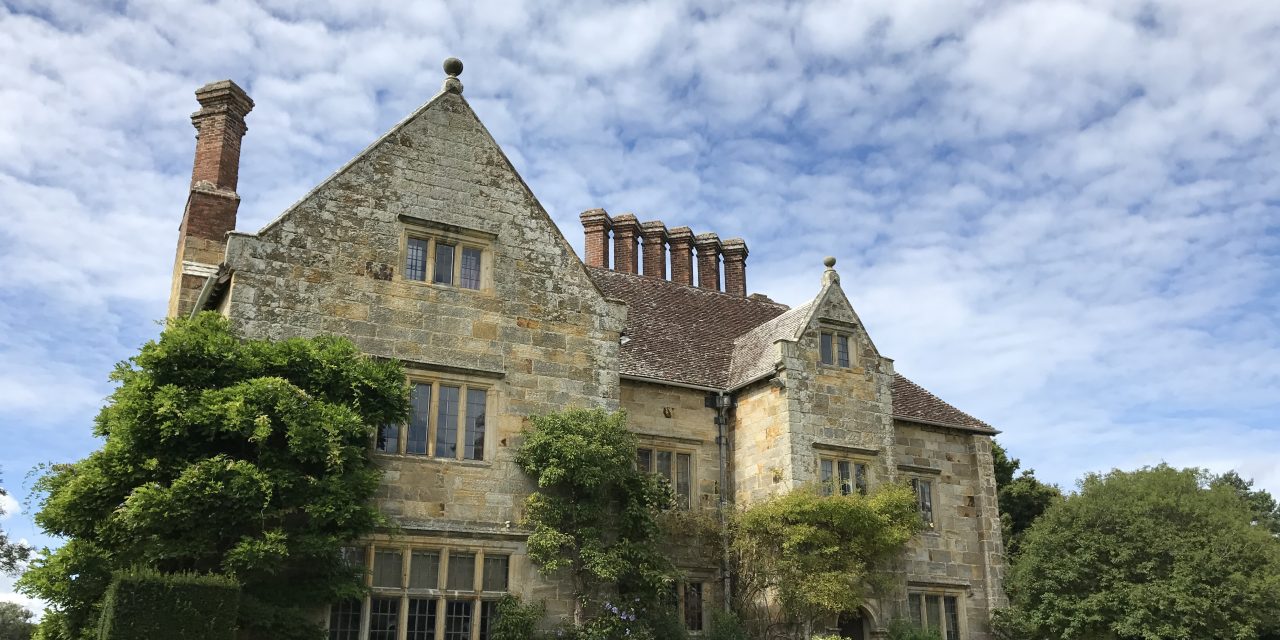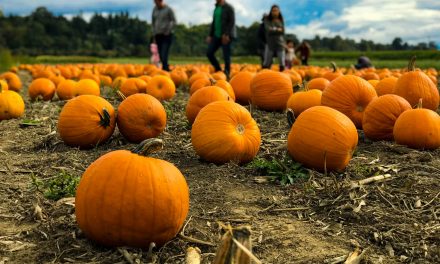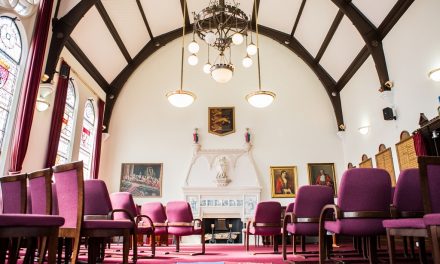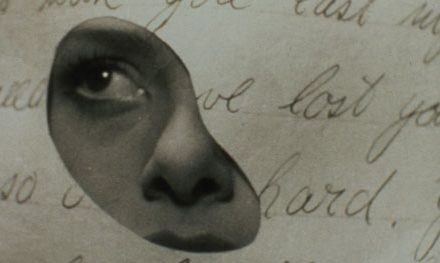God gives all men all earth to love,
But since man’s heart is small,
Ordains for each one spot shall prove
Beloved over all.
Each to his choice, and I rejoice
The lot has fallen to me
In a fair ground—in a fair ground—
Yea, Sussex by the sea!
“I’m afraid Mr Kipling has just popped out into the village to post a letter. Would you care to wait?” If you visit Bateman’s in Burwash you won’t be greeted with these words nowadays, but such is the atmosphere of the beautiful sandstone Jacobean country house that sits nestled in its idyllic countryside setting, that it is easy to imagine you might.
Most people will know Rudyard Kipling from The Jungle Book, perhaps the Just So Stories, or the poem If, which is often voted the nation’s favourite verse. It’s works like these, plus a host more, that have made him a household name both at home and abroad. What a lot of East Sussex residents don’t know is that for the last 34 years of his life, this county was his beloved home. The verse above captures exactly how he felt about our county.
Bateman’s at Burwash, built in 1634 and home to the Kipling family from 1902 until Rudyard’s death in 1936 has to be one of my favourite places, and, on a warm, sunny spring day, you’d be hard-pressed to find a more restful and peaceful place to linger. If you haven’t yet sampled its many charms I would urge you to put it at the top of your list for things to do this summer. “A beautiful cup in a saucer to match,” is how Kipling himself described the house and its grounds.
History comes alive
Quite apart from the beauty of the house, the 33-acre estate, and its accompanying water mill, the strong sense of history hangs in the air and whispers through every corridor of this house, which was designated as a world heritage site in 1961. Preserved by the National Trust to give visitors a first-hand experience of what it was like to be part of the Kipling family in the early 20th century, it feels almost as though the master of the house has simply stepped out on an errand, perhaps to post his latest manuscript to his publisher, and will return in the blink of an eye.
Generally I have mixed feelings about this kind of recreation and preservation, as a moment frozen in time has to be done well if not to seem contrived, too romantically posed, or even, when done badly, too Disneyfied. But at Bateman’s it works and the atmosphere and ambiance brings a reality and authenticity to a historical picture. In his study Kipling’s small round spectacles rest on the desk where he took them off briefly to stretch his legs and unsatisfactory drafts of his latest work fill the waste paper bin and lay discarded around it. Meanwhile in his son’s room a hastily replaced cricket bat has been put back in the cupboard without it being closed properly.
It’s difficult to properly understand Rudyard Kipling, the man, from his literary works, but at Bateman’s you have a fuller picture of how he lived his life. It captures the more mundane, making it easier to identify with.
Kipling’s day-to-day
In fact this is something the National Trust generally does very well. You won’t find any slightly discoloured, moth-eaten wax models. Just a contextual background picture into which the visitor is invited to use his or her imagination to insert the human element. Wandering through the spring flowers beside the stream to the watermill or admiring the house from the lime tree hedges, it’s impossible not to imagine the great man doing likewise and going about his day-to-day life. History moves out of the text book and becomes something much more tangible that is easier to grasp and engage with.
Leaving Bateman’s after a visit you will probably have a better understanding of Kipling’s literary history, you’ll almost certainly have indulged your senses in the beauty of the place, but you’ll also leave with a sense that you only just missed the great man himself.
And, like me, you can enjoy the thought that the county you get to call home is as special now as it was in Kipling’s time. Indeed, he loved it so much he couldn’t decide which part of its variety he was most fond of. “I’m just in love with all these three, The Weald and Marsh and the Down country; Nor I don’t know which I love the most, The Weald or the Marsh or the white chalk coast”.
For more information about a visit to Bateman’s, visit the National Trust website.





I’ve been here and read many of his works, including the two Jungle Books. I highly recommend both the location and his works.